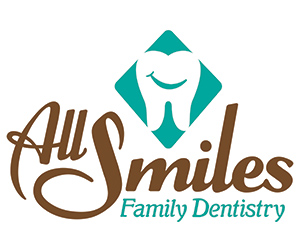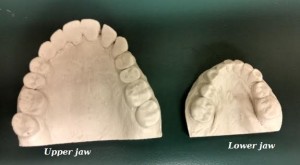What happens when your bite feels off and it is difficult to correct?
How do we address patient concerns and restore their form and function in a straightforward way? There is no easy answer. The first step is taking study models to understand how the patient is biting down and where the trigger points are. We can see precisely where the teeth are coming together and how the shift can be made to correct any discrepancy.
Why might this be important? Well, many people suffer from jaw joint pain or “TMJ”, or clench and grind their teeth down to stubs. Incorrect biting planes can also lead to migraine types of headaches, ringing in the ears and other head/neck problems.
Sometimes we have to consult our specialist colleagues to give the patient a well-balanced look at the options. It can be an easy fix or something more complicated (such as what you see above).
The bottom line is patient satisfaction and looking at all angles of the mouth to identify potential causes of discomfort.

